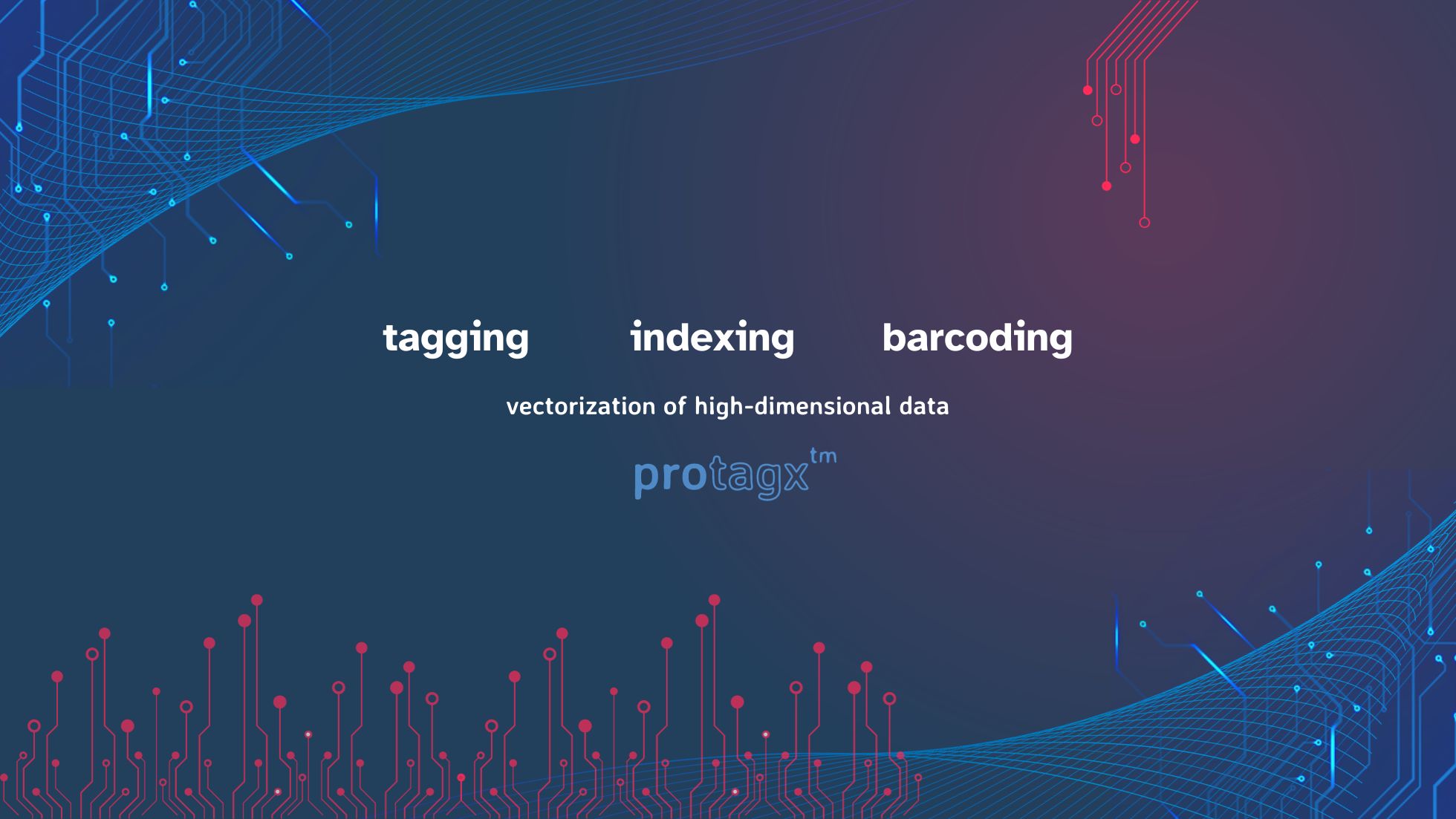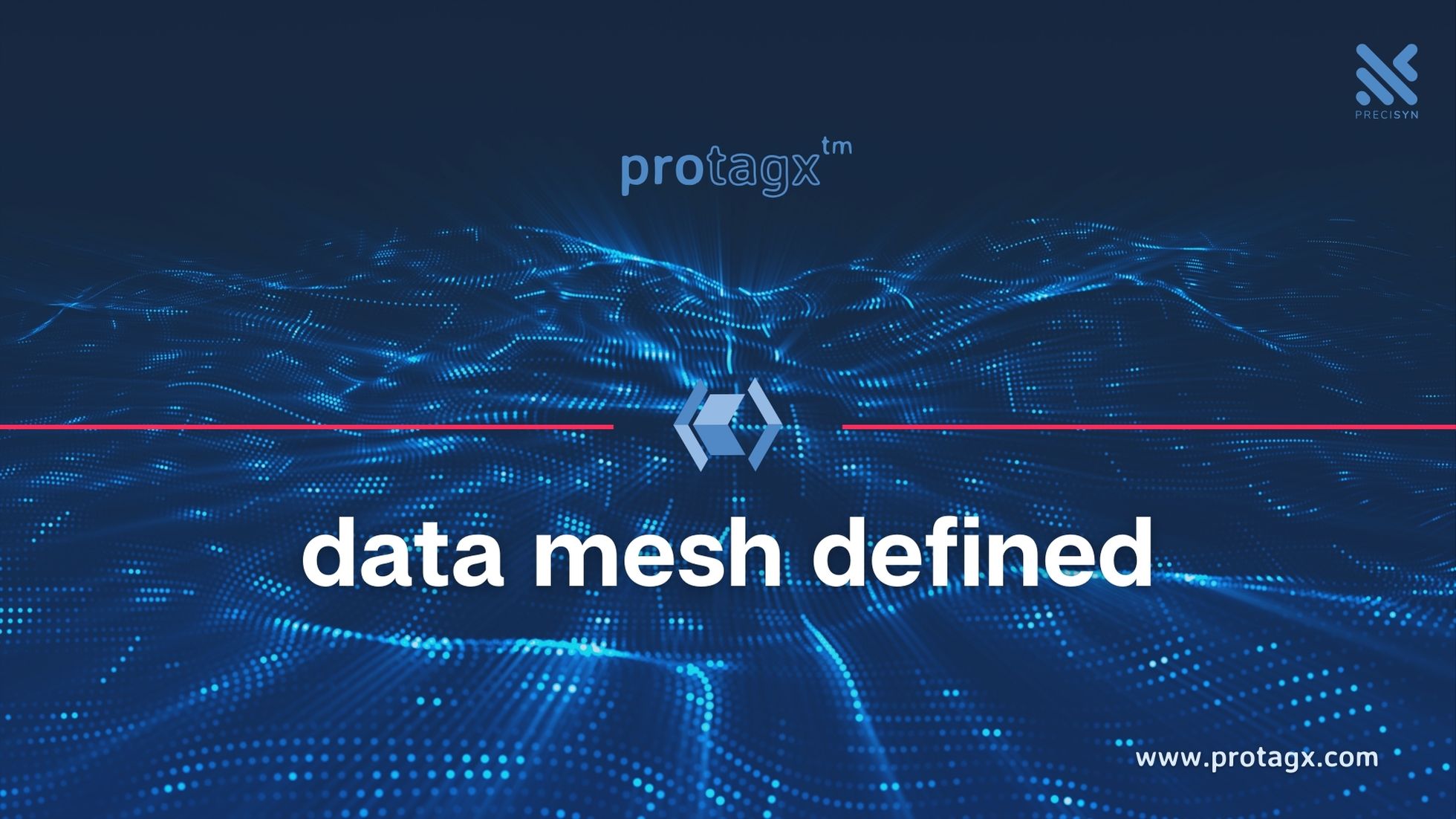In the exciting world of Gen AI applications, vector databases have completely transformed the way we handle complex genomic data. These databases are absolute rockstars when it comes to managing the data types used in ML and AI, making them an absolute must-have in Gen AI applications. Tools like protagx have seriously impressive tagging and indexing capabilities that perfectly align with the needs of LLMs. This method is a total game-changer, especially when it comes to dealing with barcoded genomic sequence data.
Structured and Accessible High-Dimensional Data
-
Enhanced Data Structure: Genomic data is incredibly complex, with multiple dimensions and facets, which presents a challenge for standard data processing techniques. However, with the implementation of advanced tagging and indexing, this intricate data can be transformed into a structured and easily accessible format. This transformation is essential for LLMs as it simplifies the interpretation and analysis of genomic sequences.
-
Barcode Labeling: By adding barcode labels to genome files, an additional layer of data organization is achieved. Similar to tagging, these barcode labels provide a unique identifier for each data point, making it much simpler for LLMs to track, reference, and analyze specific sequences within vast datasets.
Improved Data Quality and Relevance
-
Achieving Precision in Data Retrieval: By employing advanced tagging and indexing techniques, precise data retrieval becomes possible. This empowers LLMs to efficiently access pertinent genomic sequences from vast datasets, thereby significantly enhancing the accuracy of their analyses and predictions.
-
Enhancing Contextual Understanding: protagx plays a vital role in facilitating a deeper contextual understanding for LLMs by organizing genome files with tags and barcodes. This enables these models to effectively discern patterns and associations within the genomic data, which is of utmost importance in applications related to personalized medicine and genetic research.
Efficient Data Management
-
Scalability is of utmost importance for LLMs working with genomic data. Efficient handling of large volumes of data is a key requirement. protagx's data management approach ensures scalability, enabling LLMs to process and analyze extensive datasets without any compromise in performance.
-
To streamline the workflow, tagging and indexing techniques are employed. This helps organize the data in a manner that LLMs can readily process. This level of efficiency is particularly crucial in time-sensitive applications such as diagnostic analysis or therapeutic development in precision medicine.
Enhanced Machine Learning and AI Applications
-
Tailored Model Training: By utilizing well-organized genomic data, LLMs can undergo more focused training on relevant data sets. This customized approach enables the development of highly accurate and specialized models, which proves particularly crucial in fields such as oncology or genetic disorders.
-
Interdisciplinary Integration: The structured handling of genomic data encourages seamless integration across various disciplines. LLMs can effectively collaborate with other AI systems in bioinformatics, computational biology, and other interconnected fields.
Understanding Vector Databases
Vector databases are highly specialized storage systems specifically designed to handle vector data, which refers to data represented in multi-dimensional space. In the field of Gen AI, this type of data often includes large datasets containing genomic sequences, medical imaging, and other complex forms of data that are most effectively understood and processed in a vectorized format.
How Do They Work?
-
Data Vectorization: The first step involves converting complex data into a vector format. For instance, a piece of genomic data can be transformed into a high-dimensional vector representing various attributes of the sequence.
-
Vector Storage: Once vectorized, this data is stored in a vector database. Unlike traditional databases, vector databases can efficiently handle these high-dimensional data points.
-
Indexing for Fast Retrieval: Vector databases index these vectors in a way that optimizes for similarity searches. This is crucial in AI applications where finding similar patterns quickly is often more important than matching exact values.
-
Query Processing: When a query is made (for example, finding a genomic sequence similar to a given pattern), the database uses its indexing mechanism to rapidly retrieve the most relevant vectors.
Optimizing the Vectorization Process
-
Reducing Dimensions: Employing techniques like Principal Component Analysis (PCA) can effectively decrease the number of dimensions while retaining essential information, resulting in more efficient storage and retrieval.
-
Optimizing Indexing Strategies: Implementing appropriate indexing strategies, such as tree-based or hash-based indexing, can significantly enhance search speeds.
-
Balancing Accuracy and Performance: At times, striking a balance between retrieval precision and query performance becomes necessary. Fine-tuning this equilibrium is crucial for the effective utilization of vector databases.
Recommended Vector Databases
-
Faiss: Developed by Facebook AI, this library is specifically designed for efficient similarity search and clustering of dense vectors. Faiss excels in handling extremely large datasets, a common scenario in Gen AI.
-
Milvus: An open-source vector database, Milvus supports various forms of vector data. It's known for its scalability, ease of integration with AI applications, and support for multiple similarity metrics.
-
Elasticsearch with Vector Fields: While Elasticsearch is traditionally known as a full-text search engine, it now supports vector fields, making it versatile for AI applications that deal with both text and vector data.
-
Pinecone: A relatively new vector database that focuses on simplicity and scalability for machine learning applications. It offers efficient vector search capabilities with a user-friendly interface.
-
Qdrant: This is an open-source vector search engine that supports persistent storage of high-dimensional vector data. Qdrant is known for its balance between read and write speeds, making it suitable for dynamic datasets commonly found in Gen AI applications.
Comparison with Redis and RedisJSON
In comparison, Redis is widely recognized as a fast and versatile in-memory data structure store. However, it is not inherently designed to handle vector data efficiently. Although RedisJSON, an extension of Redis, enables JSON-based storage and supports structured operations, it still primarily focuses on scalar data types and lacks the built-in capabilities required for effective handling of high-dimensional vector data.
On the other hand, vector databases like Qdrant are specifically optimized for storing and querying vector data, offering several distinct advantages.
- These databases implement specialized indexing strategies, such as HNSW and tree-based indexing, which are better suited for high-dimensional data and enable faster similarity searches.
- Unlike Redis, which excels in key-value lookups, vector databases prioritize efficient similarity and nearest neighbor searches, making them crucial for AI applications.
- Additionally, vector databases are designed to handle the scale and complexity of high-dimensional data more efficiently than Redis or RedisJSON, which are not natively built for such tasks.
Therefore, although Redis and RedisJSON are powerful tools for their intended use cases involving key-value and JSON data, vector databases like Qdrant provide specific advantages for Gen AI applications dealing with vector data. These databases offer enhanced efficiency and scalability for similarity searches in high-dimensional space, making them the ideal choice for handling complex genomic sequences and attributes.
Enhancing LLM Accessibility in Life Sciences with Advanced Tagging and Indexing
The integration of advanced tagging and indexing tools like protagx in the life sciences sector, particularly in genomics, offers a transformative opportunity for Large Language Models (LLMs). Genomic files, known for their inherent complexity and high-dimensionality, pose significant challenges for traditional data processing methods. However, by implementing solutions like protagx, these challenges can be effectively tackled, resulting in substantial benefits for LLMs in various ways:
Facilitating Structured Access to Genomic Data
-
Semantic Tagging: protagx applies semantic tagging to genomic data, effectively converting intricate genomic sequences and attributes into well-defined, searchable tags. This transformative process organizes raw data into a structured format that LLMs can easily comprehend.
-
Enhanced Indexing: By efficiently indexing these tags, protagx creates a comprehensive and easily searchable database of genomic information. This enables LLMs to swiftly retrieve relevant data, playing a vital role in real-time analysis and decision-making within the life sciences sector.
Improving Data Quality and Relevance
-
Enhancing Data Quality and Relevance: Comprehensive Data Capture: Advanced tagging tools like protagx excel at capturing data at a granular level, ensuring that even the most subtle genomic variations are accurately indexed. This meticulous approach significantly enhances the quality and relevance of the data that is fed into LLMs, resulting in more precise models and predictions.
-
Contextual Insight: By employing effective tagging techniques, protagx provides valuable contextual metadata about genomic files. This contextual understanding is crucial for LLMs to grasp the broader implications of the data, such as its relevance to specific diseases or treatments.
Enhancing AI and ML Applications in Genomics
-
Data-Driven Insights: Access to high-quality, well-indexed genomic data enables LLMs to generate precise insights, leading to groundbreaking advancements in personalized medicine where customized treatments based on genomic data are increasingly vital.
-
Collaborative Research: The implementation of tagging and indexing allows for seamless sharing of genomic data across diverse platforms and research groups. LLMs can leverage this collective knowledge to foster collaborative research, expediting discoveries in the field of life sciences.
Bridging the Gap Between Genomic Data and LLMs
-
Enhancing Interoperability: protagx serves as a crucial bridge between the complex world of genomics and the capabilities of LLMs. By providing a layer that seamlessly translates genomic data into a format easily accessible for LLMs, it ensures the full utilization of these advanced models in life sciences research.
-
Optimizing LLM Training: With the availability of a diverse and well-structured genomic database, LLMs can undergo more effective training to handle specific genomics-related queries. This enhancement significantly improves their performance in specialized life sciences applications.
Vector Databases in Customized LLM Training and Embedding Models
As an Example: Vector databases like Qdrant play a crucial role in optimizing the training and embedding models of Large Language Models (LLMs), particularly in customized applications. These databases excel in efficiently handling high-dimensional vector data, which perfectly aligns with the needs of LLMs when processing and comprehending complex data inputs. Let's delve deeper into how vector databases such as Qdrant can significantly enhance LLM training and embedding models.
Efficient Handling of High-Dimensional Data
-
Data Representation: Large Language Models (LLMs) often transform textual data into high-dimensional vectors (embeddings) to capture the intricate nuances of semantic meanings. Qdrant is purposefully designed to efficiently store and manage these vectors, enabling seamless handling of the sophisticated data representations utilized by LLMs.
-
Scalability: With the ever-growing datasets that LLMs handle, the scalability of vector databases like Qdrant ensures that the expansion in data volume does not impede performance. This allows for consistent and efficient processing and retrieval of data, even as the volume continues to increase.
Enhancing Semantic Search and Retrieval
Qdrant's impressive capabilities include performing similarity searches within the vector space, allowing LLMs to effortlessly locate and retrieve semantically similar data. This is particularly important for training models in nuanced language contexts. Moreover, Qdrant optimizes both the speed and precision of searches in high-dimensional data spaces, a vital advantage for LLMs when training on specific domains or languages. It ensures that the most relevant data is found quickly and accurately, enhancing the overall performance of LLMs.
Customization and Flexibility
-
Customized Embedding Models: Tailoring LLM training often requires specialized embedding models that can grasp specific jargon or concepts unique to a particular domain. Qdrant effortlessly facilitates the storage and retrieval of these distinct embeddings, enabling more precise and effective LLM training.
-
Flexible Experimentation and Iteration: The versatility of vector databases like Qdrant empowers researchers to rapidly experiment and iterate on embedding models. They can swiftly test different embeddings and evaluate their impact on the LLM's performance, fostering continuous improvement.
Improved Data Quality and Contextual Relevance
-
Improved Contextual Understanding: By effectively managing embeddings, Qdrant significantly enhances the LLM's comprehension of the underlying context, enabling it to generate responses that go beyond mere text interpretation.
-
Enhanced Data Enrichment: Vector databases possess the capability to store additional metadata alongside vectors, enriching the data that is fed into LLMs. This enriched data plays a pivotal role in fostering more knowledgeable and precise model training.
Bridging the Gap Between Data and Models
-
Seamless Integration: Qdrant acts as a seamless bridge between raw data and the LLM, effortlessly translating complex data structures into a format that can be readily processed by the model.
-
Real-Time Adaptation: Qdrant's capability to handle real-time data updates empowers LLMs to continuously learn from the most up-to-date data, ensuring their responses and predictions remain relevant and current.
Conclusion
Vector databases play a vital role in efficiently managing complex, high-dimensional data in Gen AI applications. Their ability to store, index, and retrieve vectorized data makes them indispensable tools for achieving precision, efficiency, and scalability in Gen AI applications. The choice of database depends on specific application requirements, such as the scale of data, complexity of vectors, and real-time querying. By selecting the right vector database, Gen AI applications can optimize their performance and make significant advancements.
The implementation of advanced tagging and indexing tools like protagx has revolutionized the field of LLM applications in life sciences. These tools effectively enhance the accessibility, structure, and understandability of genomic data, thereby empowering LLMs and opening up new avenues for genomics research. The synergy between cutting-edge data management solutions and advanced language models holds immense potential for the field of personalized medicine and genomic research.
Vector databases like Qdrant further enhance the capabilities of LLMs, particularly in customized training and embedding models. These databases efficiently handle, store, and retrieve high-dimensional vector data, enabling more effective LLM training with a deeper understanding of language nuances and contexts. As a result, LLMs can generate more accurate and sophisticated language models, thereby advancing the field of AI and machine learning in a wide range of applications.
Disclaimer
The author of this article is affiliated with the producers of protagx, a provider of precision data management solutions specializing in personalized medical services in the field of precision medicine. While every effort has been made to provide unbiased and factual information, readers should be aware of this association which may have influenced the perspectives and insights presented in this article. The information provided is based on the author's understanding and knowledge of vector databases and Gen AI applications and is not intended to endorse any specific product or service.




